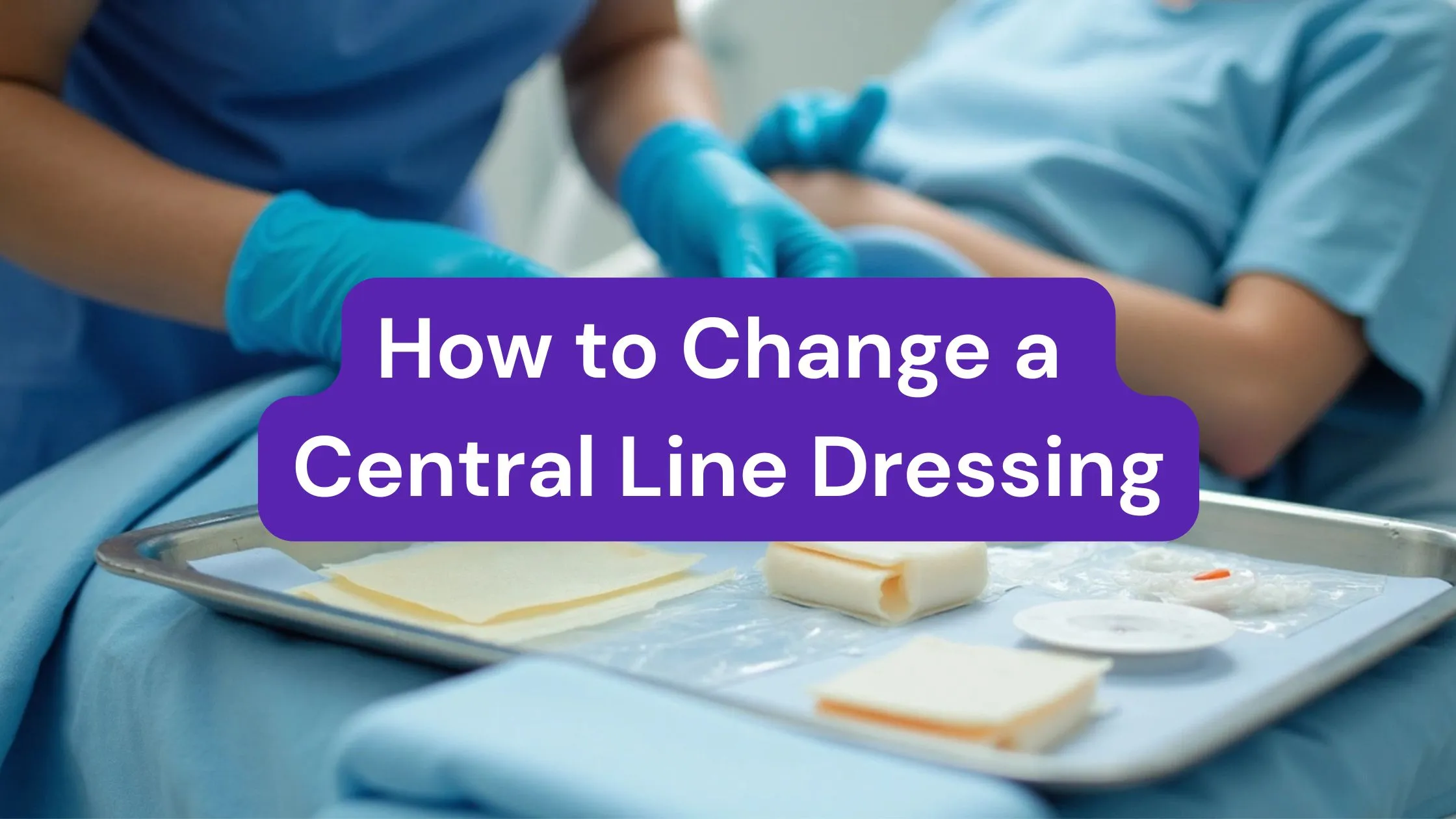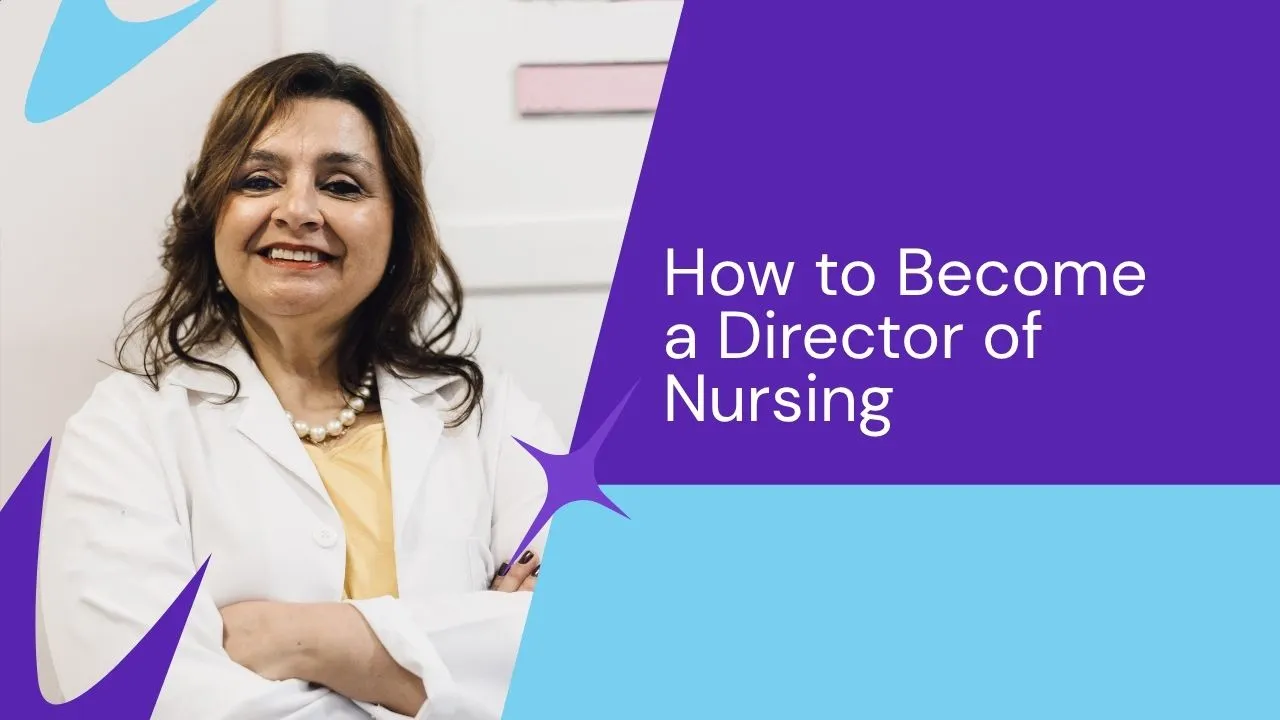Nursing turnover is high, and demand for nurses is high, and yet the last time you applied for a job, you didn’t get a call for an interview. Sound familiar?
Why didn’t you get a call from that hospital or other healthcare facility if the nursing shortage is so dire? Even in a market where demand outpaces supply, hiring managers must be discerning to diminish turnover rates and meet retention goals. At the same time, the competition remains fierce for coveted nursing positions.
It’s also entirely possible that no one even read your resume. Most hiring protocols in today’s world use Applicant Tracking Software (ATS) to whittle down the number of candidates, and once a person does review a resume, they spend a surprisingly short amount of time on it. According to the Yale School of Nursing, 15–20 seconds is how long an employer spends reviewing a resume, on average.
With this guide, we will empower you to create a nursing resume that is more likely to pass the ATS and engage the curiosity of hiring managers. We’ll provide nursing resume tips, summarize your options for a nursing resume template, share some examples, and explore how you can do your best to get through the initial culling when ATS is involved.
Disclaimer: There are no guarantees in the world of recruitment and job hunting. This guide is a resource tool only and should not be construed as a promise to success.
RN Resume Templates
If you do a generic search for sample nursing resumes, you’ll likely land on one of three template types:
- Chronological: As the name implies, a chronological template will showcase your work experience in reverse chronological order, with your current or most recent position closest to the top. This format is common and one you’ll often see as a sample resume for nurses with experience.
- Functional: This template type focuses less on work experience and more on your functional skills; as such, you may find new grad nursing resume samples in this format when you search. Nevertheless, experts don’t recommend it. This format obscures gaps in work history because it does not format a chronological list of your experience, which employers may perceive poorly. Additionally, it doesn’t perform well with ATS.
- Combination: This template type takes the good of the functional format—emphasis on your skills—and meshes it with the chronological format to include the linear evolution of your work history (helpful for the ATS).
Tips to Optimize Your Resume for ATS
It can be disheartening to think that your nursing career’s blood, sweat, and tears can be scanned and discarded instantly with an emotionless software program. So, it’s logical to ask how you can get past the ATS to be seen by a real person. Whether you’re worried about the ATS or not, consider these tips when crafting your resume:
- Use a combination of templates or a chronological resume template: As previously mentioned, the functional template doesn’t perform well with ATS.
- Name your resume document correctly: Some platforms will instruct you on their preferred naming format, so follow those instructions. Otherwise, the name of the resume file should include your full name and credentials: for example, Nancy Nurse RN Resume.doc, not NancyFinalDraftResume.doc.
- Match resume and cover letter formatting: Your resume and cover letter should look like a package deal.
- Use black font, a clear style, and size 10 or 11: The size for headings can be 12 to 14. Avoid the use of italics, shading, graphics, or underlining.
- Avoid flowery fonts or bulleted lists: Using font size 10–12, select a simple, clear font style such as Arial, Calibri, or Times New Roman and keep bulleted lists in the single black dot format to increase readability for ATS scans.
- Don’t use a header or footer on the page: The ATS may miss information if you create a header or footer on your doc.
- Write a brief professional summary: This summary should be short, at most five sentences. Its purpose is to grab attention and relate your qualifications and relevance to the job.
- Use generic section headings: Stick with headings such as “work experience,” “employment history,” “licenses and certifications,” etc. Don’t hit the thesaurus or get creative with your headings. Keep them straightforward so the ATS will properly identify them.
- Spell out acronyms first: Here are some examples: Basic Life Support (BLS), Emergency Department (ED), and Electronic Health Record (EHR).
- Read the job description to identify keywords: An ATS is programmed to scan hundreds of resumes by looking for keywords from the job description. The job description is your road map to creating a resume that the ATS will pick up. Mirror precisely the job title; if the job description says Emergency Department RN and you write that you were an Emergency Room RN, the ATS may miss it.
- Tailor your resume to the job description: The job description not only informs the ATS (see the following section for more on that topic), but it also tells you exactly what your prospective employer is looking for. Don’t force the reader to make the connections between the position and your experience. Make those connections yourself. For example, if the job description states patient education is one of the position’s responsibilities, be sure in your work experience you mention patient education specifically as one of your responsibilities.
- Keep it nursing-related: If your resume seems thin in the work experience section, you may feel tempted to add non-nursing-related experience to bulk it up. This added experience may work in other industries, but in nursing, it does not.
- Prioritize the top one-third of the resume: An ATS may only scan the top 33 percent of your resume page, so your strongest keywords must appear there.
- Use active verbs: Active verbs are more concise and to the point, automatically conveying confidence and professionalism, whereas passive verbs are weaker.
- Keep the writing style consistent and in the third person narrative: In other words, your verb tenses and descriptors should align, and you should never use pronouns such as “I,” “myself,” etc. For example:
Registered Nurse Resume Examples
The following RN resume example is for an experienced nurse and uses the combination format.
The following is an example of a new nurse’s resume in the combination format.
Frequently Asked Questions on Nurse Resumes
Q. I keep applying for jobs but never hear back; what should I do?
A. If you’re frustrated with job searching, why not try something different? Sign up with Nursa, an open healthcare marketplace that connects nurses and nursing assistants like you to per diem (PRN) jobs in hospitals and facilities near you. Follow the prompts to set up your professional profile, verify your nursing license or nursing assistant certification, and pick up PRN shifts near you.
Q. Is my resume the same thing as my professional profile on Nursa?
A. No. When you set up your Nursa account, we ask you to upload your resume and complete your online profile. Facility schedulers are often in a hurry to get coverage for shifts, and when crunched for time, it’s quicker for them to scan the candidate’s online profile. Learn how to optimize your Nursa profile with our article How to Stand Out to Facilities and Secure Nursing Shifts.
Q. Can new nurses use their clinicals for experience on a nursing resume?
Yes. However, list only your clinical rotations that apply to the position. Use an appropriate heading title, such as “Clinical Experience” or “Clinical Rotations.” Remember, trying to hide something in a resume can be perceived poorly.
Q. Which template should a new nurse resume use?
The combination template is typically a better fit for new nurses than the chronological one. It allows you to highlight your skills without hiding your lack of experience. Everyone in the industry knows that new nurses have to start somewhere. Here’s a quick tip: A cover letter can help new nurses overcome their lack of work experience.
Q. Do I need a cover letter, and if so, how do I write one?
If a cover letter is required, then yes, you need one. If it isn’t, consider if a cover letter would be beneficial in your situation. We thoroughly explore the cases in which a cover letter can serve you best and how to write one in our Nursing Cover Letter Guide.
Sources:
- Yale School of Nursing: Resume Writing Guide
- Aspen University: Nursing Resume Do’s and Don’ts: How to Craft a Strong Resume
- Simmons University: 10 Tips for Creating a Great Nursing Résumé
- Ivy League Resume Coach: Functional Resumes: An Examination of Problems and Comparative Analysis with Chronological Resumes














